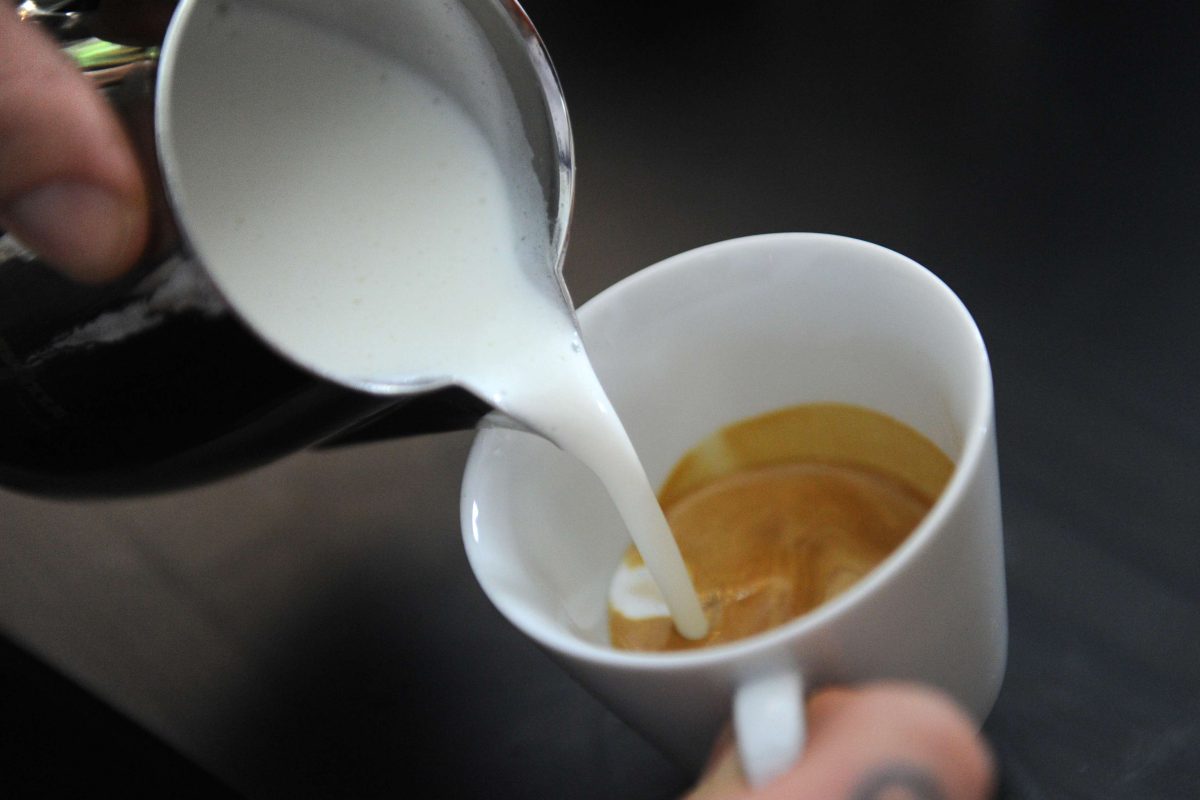
A lot of very cold air came from higher latitudes close to Antarctica, and swept across southeastern Australia, writes TESS PARKER.
IF you woke up and thought “Gosh, it’s a bit brisk!”, you’re not alone.
Temperatures plummeted across south-east Australia this week, with Weatherzone reporting Canberra’s low of -7.2ºC was “its lowest temperature since 2018 and the lowest for June since 1986.”
Sydney experienced its coldest June morning today since 2010, with a temperature of 5.2ºC. In Victoria, temperatures of -7.2ºC were recorded.
So what’s going on? Here’s what you need to know.
A big pool of Antarctic air
It started off at the beginning of the week, when a low-pressure system saw a big cold front come through south-eastern Australia on Sunday night. This basically means a lot of very cold air came from higher latitudes close to Antarctica, and swept across south-eastern Australia.
So everywhere from Melbourne to Sydney to SA was getting this big pool of incredibly cold air at the start of the week.
Even though that cold front has now moved off over the Tasman Sea, it has left behind it a really big high-pressure system sitting over the southeast of Australia.
This has led to calm conditions, where winds are very light and the skies are clear with not a lot of cloud during the day or night.
So it’s getting really, really cold in the early mornings because there are no clouds to act as an insulating blanket for the Earth and trap the heat that the planet radiates to space overnight.
The result, in many places, has been very cold temperatures before sunrise, often with a lot of frost.
Remind me, what’s a low-pressure system? And what’s a high-pressure system?
The air above the earth’s surface has mass, but it’s not uniform everywhere. The way the atmosphere is moved around by what’s going on at upper levels will mean the mass of the atmosphere is redistributed. That transmits down to the surface where we live and causes low- and high-pressure systems.
At some points the pressure is lower because there’s not as much mass of air above that point over the earth. This is what we call a low-pressure system. Air rises in a low, reducing the pressure at the surface.
The winds around the low are clockwise in the Southern Hemisphere. So when that low is approaching Australia, the winds on the western side are bringing air from near Antarctica. That’s why a low-pressure system in Australia often means cooler conditions.
At some points above the earth, the pressure is higher because the mass of air above that area is greater. This is what we call a high-pressure system. Air descends in a high, raising the surface pressure.
High-pressure systems tend to mean very calm weather; the wind isn’t very strong, the skies tend to be clear and there’s little to no cloud.
In summer, that means the sun is baking down all day on to earth with no protection from cloud. So a high-pressure system in summer can mean a heatwave.
In winter, the lack of cloud in a high-pressure system means that much of the heat the earth has absorbed during the day just re-radiates out to space again, as the cloud isn’t there to act as a blanket and keep all that heat in.
That’s why a high-pressure system can mean very cold weather in winter, especially when there are lower levels of sunlight coming in to warm up the earth in the first place.![]()
Tess Parker, Research Fellow, Monash University. This article is republished from The Conversation.
Who can be trusted?
In a world of spin and confusion, there’s never been a more important time to support independent journalism in Canberra.
If you trust our work online and want to enforce the power of independent voices, I invite you to make a small contribution.
Every dollar of support is invested back into our journalism to help keep citynews.com.au strong and free.
Thank you,
Ian Meikle, editor




![Teacher Vanessa Jones has been living in Higgins since 2001, and while she loves the area, she says she is “fed up” with the neglectful ACT government.
The Higgins shops have been completely abandoned, says Vanessa, preventing the opportunity for residents to have a community-centred space to socialise.
They only received bins nine months ago, she says, and requests for a water station and repairs to the bus station have gone unanswered.
“It’s very, very slow,” says Vanessa.
“I asked for the zebra crossing on Fullagar [Crescent] to be repainted, and we had to wait about six or nine months.
“That’s just such a long time… we pay a lot of rates.”
Vanessa says assistance from the government only seems to go to communities with time-rich and assertive communities, leaving places such as Higgins, where the majority of households have both adults working full-time and English may not be the first language of the family, at an automatic disadvantage.
“If you’ve got two people working, paying a mortgage, raising two or three kids, they don’t have the time,” says Vanessa.
Vanessa says the lack of attention quieter places such as Higgins is receiving is starting to look a lot like favouritism.
Read the full article on our website citynews.com.au
#canberra #canberranews](https://citynews.com.au/wp-content/plugins/instagram-feed/img/placeholder.png)
Leave a Reply